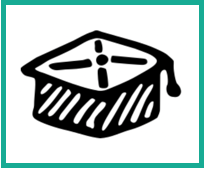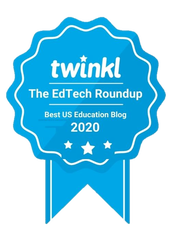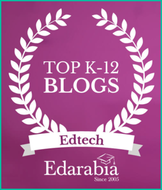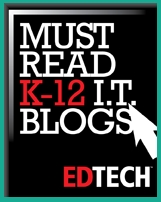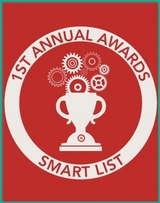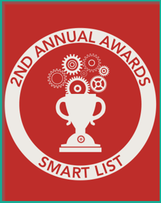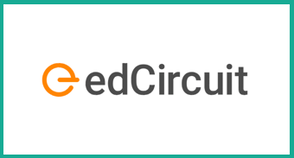
The experimenter gave a break in the middle of the experiment each day to see how long students played with the puzzles when left alone, as an indicator of their intrinsic motivation.
In a repeat of the experiment, researchers swapped out money and used praise as a reward. Some examples of positive messages the researchers used were “That’s very good,” “That’s much better than average,” or if someone could not solve the puzzle, they were told that it was one of the most difficult puzzles. In this experiment, the intrinsic motivation increased compared to the control group.
Autonomy, Competence and Relatedness
The experiments above bring us to the question - what really motivates us?
Deci, along with Ryan, expanded on this work to propose the Self Determination Theory (SDT). The SDT outlines three universal psychological needs - autonomy, competence and relatedness - which govern individual motivation.
The self-determination theory tells us that as humans, we are naturally driven to learning and mastering things, being independent where we can pursue our own goals as opposed to directed by others and building meaningful relationships with others. These three factors form the basis of our overall motivation towards a specific task.
Rewards impact our motivation because they affect our perception of whether we are truly working independently. Small monetary rewards have been shown to improve performance if the task is manual in nature or when people have identified with the activity’s value. However, for complex problems requiring creative problem solving skills, rewards can backfire and impair performance.
Teresa Amabile, Professor at Harvard Business School and Creativity expert, has found plenty of evidence of what she calls the “Intrinsic Motivation Principle of Creativity.” Namely, “people will be most creative when they feel motivated primarily by the interest, satisfaction, and challenge of the work itself and not by external pressures.”
Three Ways to Build Intrinsic Motivation in Classrooms
It’s clear that students need to have a high intrinsic motivation driven by autonomy, competence, and relatedness for more in-depth learning to take place. Here are three ways to maintain intrinsic motivation towards learning in the classroom.
(1) Appreciate effort: In general, praising, instead of giving an external reward, works better in improving intrinsic motivation for creative tasks. When there is too much focus on grades, which are external motivators, it detracts from the self-driven desire to learn. While grades are a reality in most classrooms, how much of a focus they become in the classroom room can be adjusted.
For example, using standards-based grades where students are given multiple chances to demonstrate their learning can be effective. Similarly, encouraging students and praising their effort can also help keep them motivated especially for challenging tasks. For praise to be effective, it should focus on the effort as opposed to ability, should not signal low expectation, and should not convey information about competence solely through social comparison.
(2) Give students choice and embrace failure: Any creative task, by definition, has uncertainty, and success isn’t always guaranteed. Creating a mindset where failure is appreciated for the knowledge it brings on what doesn’t work can go a long way in building intrinsic motivation. One of the best ways to incorporate this in the classroom is through project based learning (PBL). The open-ended and ambiguous nature of these projects gives students a choice of how they want to solve a problem or dive deeper into, giving them a sense of autonomy.
Students don’t always get things right the first time and often to iterate, which allows the teacher to help build a growth-mindset and grit. In Prof. Amabile’s words, “... if people do not perceive any "failure value" for projects that ultimately do not achieve commercial success, they'll become less and less likely to experiment, explore, and connect with their work on a personal level. Their intrinsic motivation will evaporate.”
(3) Help others: While intrinsic motivation drives creativity, it turns out that it drives the “originality” component of creativity and not the “useful” aspect. Prof. Adam Grant’s research has shown that focusing on solving others’ problems improves creativity in the “useful” aspect as well. As he explains, “perspective taking, as generated by prosocial motivation, strengthens the association between intrinsic motivation and creativity.” A prosocial component can be easily added by using projects that require addressing societal problems (e.g., sustainable development goals) or local community problems.
The desire for mastery, autonomy and connectedness are universal needs across all cultures and predict psychological wellness. While the current pandemic has pushed learning to be increasingly online, these needs can help us guide and structure learning even in remote settings. Schools and classrooms should continue to find ways to incorporate project based learning, which helps students meet their needs and maintains their intrinsic motivation toward learning.
About Pronita Mehrotra
Dr. Pronita Mehrotra is the founder of MindAntix, a platform to build cognitive creative thinking in students. As an advocate for bringing more creativity to the classroom, she speaks at educational conferences and runs professional development programs for teachers. In addition, she also teaches Project Based Learning programs to elementary and middle school students. Prior to starting MindAntix, she spent several years in the Technology industry in different research, development and program management roles.
Follow Pronita Mehrotra on Twitter @pronitam
This article was originally published on edCircuit


